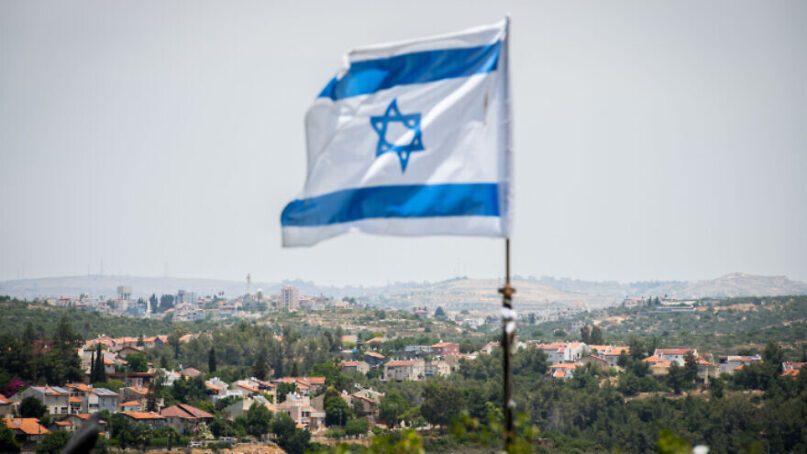
By Jerold S. Auerbach
(JNS) The New York Times has long been obsessed with Israel’s “occupation” of biblical Judea and Samaria, which the paper relentlessly identifies as “occupied territory.” But no Jerusalem bureau chief or columnist (not even Thomas Friedman) has been as fixated on the term as Patrick Kingsley, who became bureau chief two years ago. Appropriately, the Times welcomed him as the reporter “covering Israel and the occupied territories.”
Kingsley has lived up to his assignment. In one of his early reports, he referred to the Palestinian city of Ramallah as “the hub of the occupied West Bank.” Several paragraphs later, he identified the Palestinian Authority as “the body that oversees parts of the occupied territories.” In an outpouring of “occupation” repetition, he referred to Jewish settlements in “the occupied Palestinian territories” and to Israel’s responsibility as an “occupying power” to safeguard the health of residents of the “occupied territory.”
The recent eruption of Palestinian violence has provided Kingsley with a renewed opportunity to fixate on his favorite word. In two Jan. 29 articles, he wrote of Israel’s “occupation” of Judea and Samaria and the fragile situation “in Israel and the occupied territories.” He referred to the land captured by Israel in the 1967 Six-Day War as “considered occupied territory by most of the world.” How much of the world he consulted was left unsaid.
If this were not sufficient, it was echoed in an adjacent article by Times journalist Raja Abdulrahim, who twice referred to “the Israel-occupied West Bank.”
If accuracy matters to the Times, Kingsley and his colleagues desperately need a history lesson. Jewish history in the Promised Land, according to the biblical narrative, began when Abraham purchased the cave of Machpelah in Hebron as a burial site for Sarah. Over time, Abraham, Isaac and Rebekah, and Jacob and Leah were also entombed there. There were no Palestinians then. The Israeli “occupied” territory that Kingsley repetitively cites was identified, millennia ago, as biblical Judea and Samaria.
Following their conquest of the land in the seventh century, Muslims began to claim ancient Jewish holy sites as their own. The prophet Muhammad was said to have stopped in Hebron during his journey from Mecca to Jerusalem. The Temple Mount became a Muslim holy site with the construction of the Dome of the Rock to testify to its sanctity. Jews are prohibited from praying there.
No self-identified “Palestinians” appeared until the 19th century. There were only “Arabs in Palestine.” A Palestinian national identity, following the lead of Zionism, did not begin to emerge until after World War I. Politically and religiously, Palestinians and Muslims have relied on Jewish history to define their own identity.
Patrick Kingsley seems oblivious to history ancient or modern. Today, 500,000 Jews live in more than 200 settlements in biblical Judea and Samaria. To refer to it as “occupied” land is to display ignorance of Jewish history in the Land of Israel—or blatant bias.
There is no more appropriate place for Jews to live than in their ancient homeland. That, after all, defines Zionism and justifies a Jewish state in the Promised Land. New York Times reporters and columnists who are preoccupied with Israeli “occupation” are unlikely to embrace this reality.
Jerold S. Auerbach is the author of 12 books, including Print to Fit: The New York Times, Zionism and Israel 1896-2016, selected for Mosaic by Ruth Wisse and Martin Kramer as a Best Book for 2019.








 Southern New England Jewish Ledger
Southern New England Jewish Ledger












